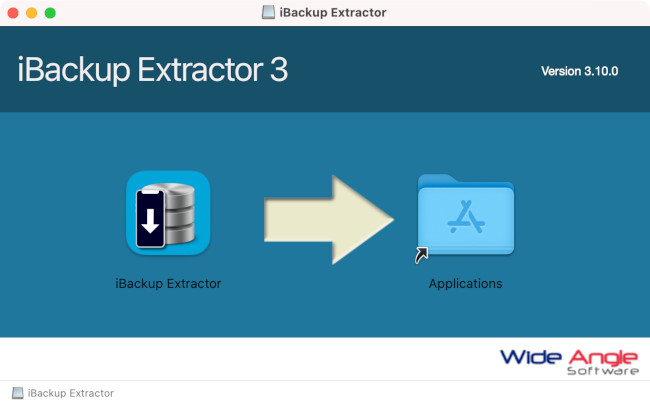

The ESI is collected, analyzed and formatted for use in court. In case of a foreseeable litigation action, attorneys define the scope of e-discovery and identify and preserve the relevant ESI to ensure it can’t be modified or deleted. Normally, the e-discovery process starts with the legal duty to preserve potentially relevant documents. Identification, preservation and collection.The Electronic Discovery Reference Model (EDRM) divides the legal eDiscovery process into six stages: identification, preservation, collection, processing, review and production. Discover relevant ESI across multiple repositories faster.Simply moving a file to another location can modify its metadata and raise questions about its authenticity as evidence.

Metadata serves as an extremely important evidence and can be used to authenticate a piece of ESI, so it must be carefully preserved to prevent spoliation. Metadata can specify the file’s creation date and time, author, location, and other properties. Legal requests often require relevant emails to be produced, but the high volume, lack of structure and distributed nature of this type of data makes enabling eDiscovery a real challenge for organizations.Īnother important part of electronic data is the metadata embedded in electronic files. Many types of ESI are challenging to deal with from a discovery perspective. That means that every tweet or Facebook post can be used as evidence in court. It also includes any type of data from social media, instant messaging platforms or smartphone apps. According to the Federal Rules of Civil Procedure (FRCP), ESI can include “writings, drawings, graphs, charts, photographs, sound recordings, images, and other data or data compilations.” Electronic information can also include emails, documents, voicemail and audio/video files.
#Using ibackup extractor ediscovery free#
Free eBook: Practical Steps to Establishing Good Information GovernanceĮlectronically stored information (or ESI) can exist in a wide range of formats and types spread across an organization’s databases and other data stores.eDiscovery processes span various departments, involving legal, IT and business stakeholders. The eDiscovery findings are exchanged between parties involved in a lawsuit.īecause eDiscovery is a critical legal and regulatory obligation, it is usually included in information governance programs. Law firms and legal departments need eDiscovery because they are required to produce relevant ESI sources. What is eDiscovery?ĮDiscovery (electronic discovery, e-discovery, ediscovery, e-Discovery) is a legal process that involves the identification, preservation, collection and delivery of electronically stored information (ESI) as evidence in lawsuits or investigations. This article explores what eDiscovery is and strategies for making the process fast, efficient and cost-effective. Making this data discoverable is critical for legal professionals, but it’s an arduous task for the IT teams that support them. Today, organizations often have terabytes of data, any of which could possibly be relevant to a legal case.


 0 kommentar(er)
0 kommentar(er)
